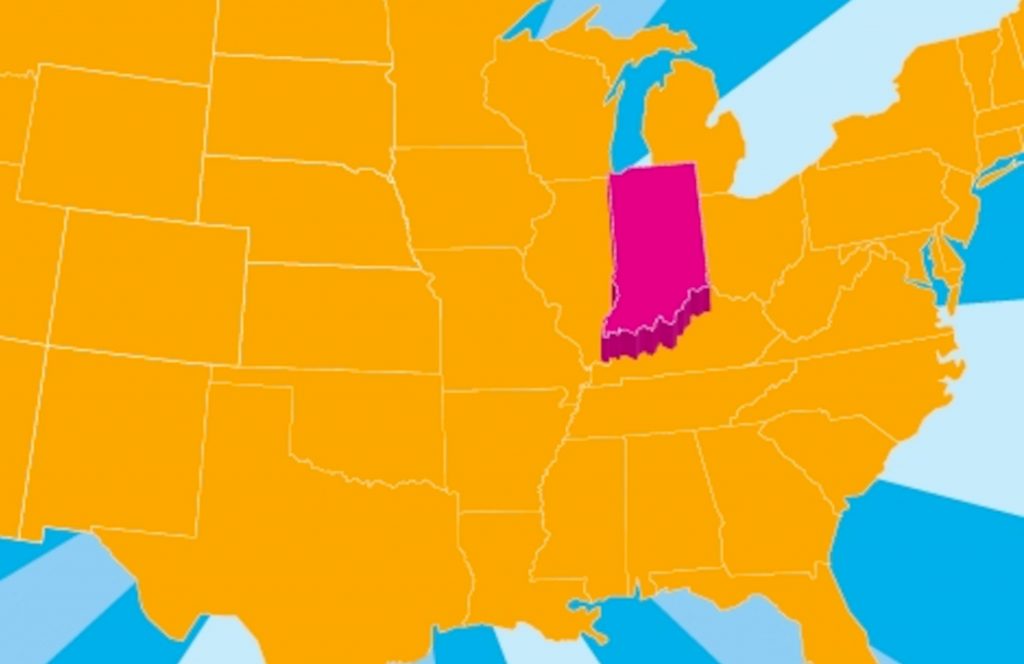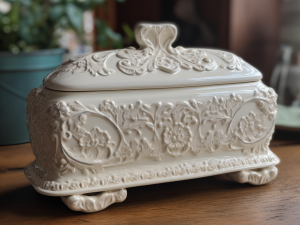Indiana Is Beginning To Shut Down Schools Again
Record-high cases have inundated Indiana schools, affecting both students, teachers, and staff, forcing many schools to shutter. It’s not that Indiana schools weren’t prepared, they were. They just weren’t ready for how fast omicron would take.

Get ready folks, we may be headed back to the “new norm.” As COVID cases surge with the new omicron variant kicking the Delta variant into the rearview and becoming quite dominant and troublesome, school districts across the nation are struggling to decide if they should shut down or keep on keepin’. In the state of Indiana, they are leaning toward school shutdowns.
Record-high cases have inundated Indiana schools, affecting both students, teachers, and staff, forcing many schools to shutter. It’s not that Indiana schools weren’t prepared, they were. They just weren’t ready for how fast omicron would take.
“This one snuck up on us. We had shifted our mindset already,” said Wayne schools Superintendent Jeff Butts to Chalkbeat Indiana. “We were thinking maybe after Christmas break we won’t have to wear masks anymore. Then omicron came along and ravaged everybody.”
To understand just what Butts is referring to, you can take a look at Indiana’s COVID numbers and understand why they feel a school shutdown is in the forecast. The state’s 7-day COVID positivity rate hit 30%. This includes a reported 15,485 cases among students, 1,137 for teachers, and another 1,471 for other staff members. These numbers shattered all previous school records which have led a number of school districts to head back to the remote way of teaching and learning.
Part of those numbers comes from Wayne. The district reported 300 positive cases with over 1,000 quarantines. Ben Davis High School is in the school district, and they have been merging up to five classes daily in their gyms but eventually, they didn’t have enough adults to properly and safely supervise the students. They instead had to opt for remote learning to allow for teachers and parents to quarantine and then return to campus.
It’s worth noting, however, that despite the rise in cases according to the CDC there’s actually been a dramatic drop in death rate (which was already almost zero for kids). Indiana, however, will not consider that as a relevant factor in their deliberations, it seems.
The strategies schools have employed in the past – masking, social distancing – that allowed schools to remain open are no longer working. The omicron variant has proven to be especially transmissible, so what was done in the past is no longer a viable option. They help, but they don’t help much.
Another issue Indiana is facing is that the state’s children are lagging when it comes to vaccinations. Many feel this tool is key in allowing schools to run safely again. Skeptics, though, are quick to point out that, especially with this new omicron variant, the vaccine does not prevent COVID or its omicron variant from being passed along or from people catching the virus. And again, kids aren’t really at any risk at all from COVID. They don’t get sick and if they do get sick, they don’t die. The CDC confirms that only a few hundred children have died from COVID throughout the course of the entire pandemic and most of those were suffering from severe comorbidities. Check the data yourself on the actual CDC website.
Regardless of where one stands on that debate, Indiana schools continue to face tough decisions, as do many school districts across the nation. Does Indiana go to shutdown mode for safety purposes knowing the damage remote learning has brought to students or do they try to keep the doors open?
Butts noted that mask-wearing at school has been the second-best effective measure in keeping COVID numbers down, until omicron. However, Buss provides absolutely no data to back up his claims of mask effectiveness. Again it’s worth noting that in states where school kids have never worn masks they’ve gotten pretty much the same results. Buss however says that last year’s school district hybrid learning was the most effective method as it allowed students to spread out (again he provides on data or evidence to back this up). But, he says, hybrid learning was much worse for education (that we have plenty of data and evidence for).
Butts is hoping Indiana schools won’t have to go to school shutdowns full-time but said safety is the number one priority when it comes to students and staff. “If the growth continues, I don’t know that anybody is going to have a choice,” he said.
Article continues below headlines

The Best Type Of Butter Dish For Your Home Kitchen
The history of the butter dish is intertwined with the history of butter itself and the evolution of dining etiquette. …
Continue reading "The Best Type Of Butter Dish For Your Home Kitchen"
The post The Best Type Of Butter Dish For Your Home Kitchen appeared first on Tell Me Best.
Continue
Netflix Political Thriller Series Gets Better Every Season
Fans of political thrillers may recall the 2016 series Designated Survivor, which originally aired on the ABC network for 2 …Continue reading "Netflix Political Thriller Series Gets Better Every Season"
ContinueMany, maybe even most at this point, pediatricians feel schools need to stay open. They see the effects school shutdowns have had on students’ mental health and academics. But to keep schools open, while there’s a lot of debate, some feel a number of safety strategies must be followed. These include masking and vaccinations, the latter of which has come under much political debate as well as medical debate.
Sadly, Indiana’s school troubles are everyone’s school troubles. The decision to shut down schools again and go back to remote learning is not an easy one and one not to be taken lightly. But as long as COVID cases are on the rise, some school districts are going to lean on a school shutdowns to keep students and staff safe, if undereducated.



